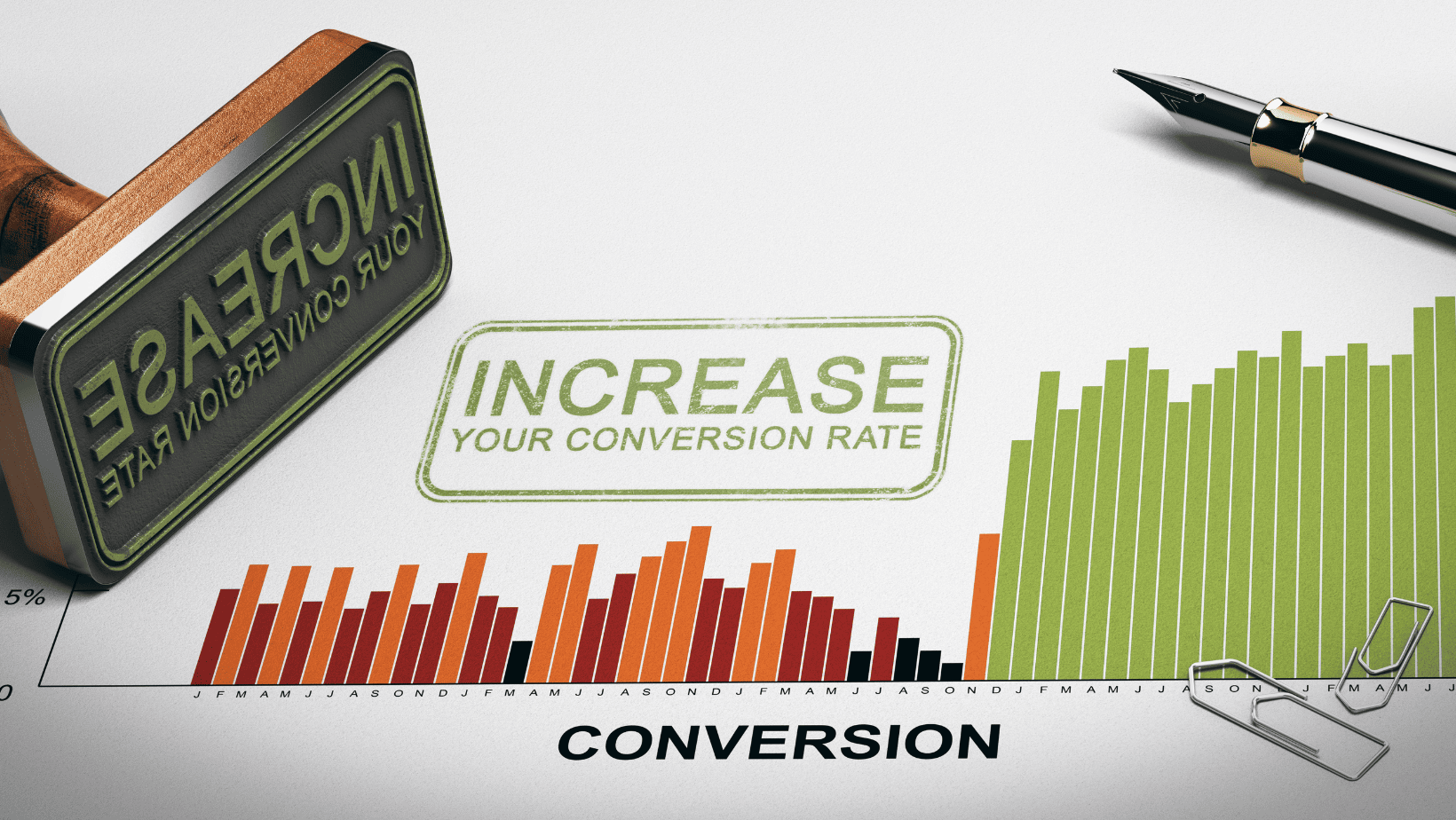Every website or landing page has the potential to generate leads, drive sales or encourage desired actions from website visitors. However, achieving optimal conversion rates requires continuous uation and refinement. This is where conversion rate optimization audits come into play.
In this comprehensive guide, we’ll delve into the intricacies of conducting a CRO audit, exploring the essential steps and proven strategies to unlock potential and boost conversions.
Importance of Conversion Rate Optimization (CRO) in Driving Business
Conversion Rate Optimization (CRO) is essential for driving business because it helps improve the efficiency of a website or landing page by increasing the number of visitors who take a desired action, such as making a purchase or filling out a form. Companies can increase revenue, enhance the overall user experience, and strengthen customer loyalty by implementing optimization strategies.
Additionally, CRO can provide valuable insights into user behavior and preferences, informing future marketing strategies and driving even more growth.
Learn How We Increased a Landing Page Conversion Rate by 78%
Basic Principles of Conversion Rate Optimization
The basic principles of CRO are centered around understanding the user’s needs and providing them with the best possible experience. These principles include:
1. User-Centered
CRO focuses on creating a website experience that is tailored to the user’s needs, preferences, and behavior.
2. Data Driven
CRO relies heavily on data analysis to identify areas of improvement and determine which changes have the most significant impact on conversion rates.
3. Continuous Improvement
CRO is an ongoing process of testing and refining various elements of a website to continually improve conversion rates and user experience.
4. Hypothesis Testing
CRO uses a scientific approach to testing different hypotheses and ideas to determine which changes will lead to the most significant improvements in conversion rates.
5. Multidisciplinary
CRO involves collaboration between various teams to achieve the best results, including marketing design, development, and analytics.
Frequency of Conversion Rate Optimization Audits
The frequency of a Conversion Rate Optimization (CRO) audit really depends on the specific business and its goals. In general, conducting a CRO audit at least once a year in is recommended to keep up with changes in user behavior, technology, and industry trends.
However, if a business is experiencing a decline in conversion rates or has made significant changes to its website or landing pages, a CRO audit should be conducted immediately to identify and address any issues.
Some businesses may also choose to conduct CRO audits more frequently, such as quarterly or bi-annually, or when conducting annual website audits. This approach can benefit companies with high traffic volumes that want to continuously improve their conversion rates by staying up-to-date with user behavior and testing new ideas.
Ultimately, the frequency of a CRO audit should be determined based on the specific needs and goals of the business. By regularly uating their website’s or landing page’s effectiveness, businesses can identify opportunities for website and landing page optimizations that lead to increased conversions, improved user experience, and overall growth.
Conversion Rate Optimization (CRO) Audit’s Role in Improving Conversion Rates
A CRO audit is a comprehensive uation of a website’s performance with the goal of identifying opportunities for improvement o increase conversion rates. The audit involves examining various aspects of the website, such as:
- User experience
- Design
- Content
- Calls-to-action
- Technical performance
to determine what factors impact the website’s ability to convert visitors into customers.
The role of a CRO audit in improving conversion rates is significant. By conducting an audit, businesses can gain valuable insights into how their website is performing and identify areas where improvements can be made. This includes analyzing user behavior, testing different hypotheses, and making data-driven decisions to improve the website’s effectiveness in converting visitors into customers.
Data Analysis, User Behavior Assessment, and Conversion Barriers
By focusing on data analysis and key performance indicators (KPIs), user behavior assessment, and identifying conversion barriers, businesses can gain valuable insights into how their website is performing and identify opportunities for improvement that can increase conversion rates.
1. Data analysis
Involves reviewing website analytics, such as Google Analytics, to determine how visitors are:
- interacting with the site,
- which pages are driving the most traffic,
- which call-to-action (CTA) buttons are most interacted with,
- and what sources are driving conversions.
This information can help businesses understand what is working and what needs to be improved to optimize the website’s performance.
2. User behavior assessment
Involves analyzing user actions such as:
- clicks,
- scrolls,
- and mouse movement,
to gain insights into how visitors interact with the website. By understanding how visitors navigate through the site, businesses can identify pain points and develop solutions to improve the user experience.
3. Conversion barriers
Involves determining what factors prevent visitors from converting. This can include issues such as:
- slow page load times,
- confusing navigation,
- or poor mobile optimization.
By addressing these barriers, businesses can improve website performance.
Conversion Rate Optimization Step-by-Step Process
The Rate Optimization (CRO) process involves a series of steps that businesses can follow to increase website or landing page conversion rates. The following is the step-by-step approach to the CRO process:
1. Define Goals
The first step is to define clear goals and objectives for the website or landing page, such as increasing sign-ups, sales, or clicks.
2. Analyze Data
Next, businesses should analyze data from website analytics, heatmaps, and other sources to identify areas of opportunity for improvement.
3. User Research
Conduct user behavior analysis to understand how visitors interact with the website and identify pain points or areas of confusion. This can include both quantitative and qualitative research.
4. Develop Hypotheses
Based on the data and user research, develop hypotheses on what changes could improve conversion rates.
5. Prioritize Tests
Prioritize which hypotheses to test based on potential impact and ease of implementation.
6. Design and Execute Tests
Design and execute A/B tests or other experiments to test the hypotheses and determine which elements have the most significant impact on conversion rates.
7. Analyze Results
Analyze the results of the tests to determine which changes were effective and which ones were not.
8. Implement Changes
Implement the changes that were effective in improving conversion rates.
9. Repeat
Continuously repeat the process to identify new areas of opportunity, test new hypotheses, and make ongoing improvements to the website or landing page.
By following this process, businesses can make data-driven decisions, continually optimize their website or landing page, and increase conversion rates, leading to a higher return on investment (ROI).
Continuously Test and Refine
Conducting a Conversion Rate Optimization (CRO) audit is critical for businesses looking to increase their website or landing page conversion rates. By understanding user behavior, analyzing data, and identifying conversion barriers, businesses can identify areas of opportunity and develop solutions to improve the user experience and drive conversions.
Through the CRO process, businesses can continuously test and refine their website or landing page, making data-driven decisions and implementing changes that increase conversion rates, revenue, and growth.
By prioritizing the user experience and continually refining their approach to conversion rate optimization, businesses can remain competitive in their industry and achieve their growth goals.
Blog Last Updated on 2 years by New Path Digital






